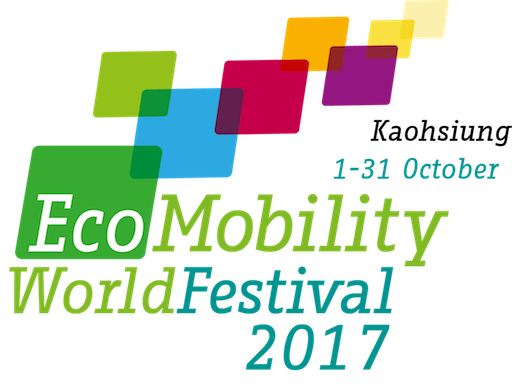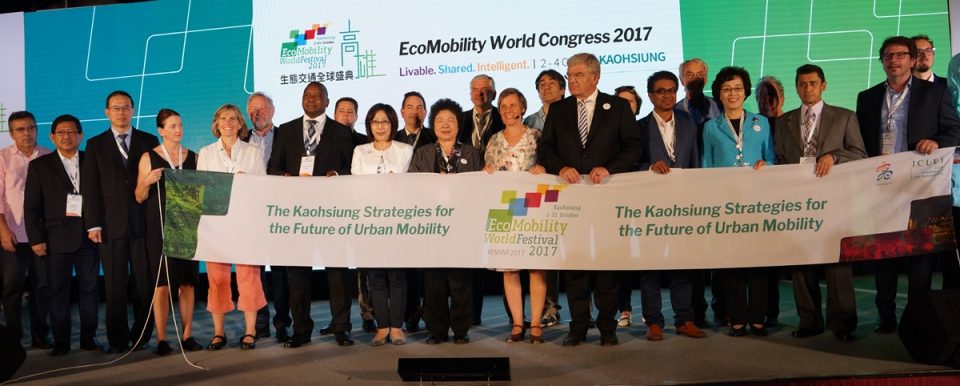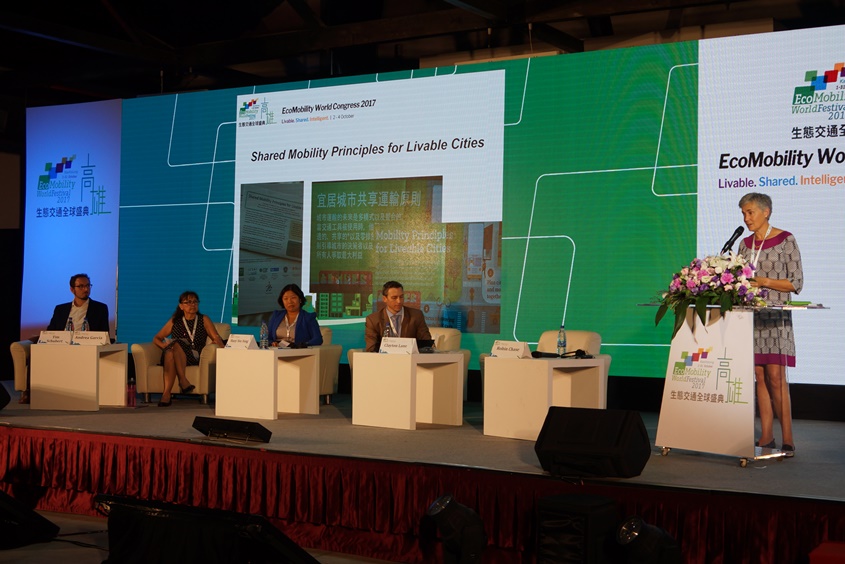Redefining urban transport: Making the case for active mobility

A transport culture dominated by fossil fuel-powered single driver cars poses significant challenges in the urban environment, including air pollution, traffic congestion and high injury and fatality rates from traffic accidents.
Ecomobile approaches can help tackle these challenges. It goes beyond basic strategies designed to reduce air pollution. For instance, electric vehicles and other new technologies can help improve air quality, but a simple switch-out of this kind will not solve urban congestion or create a full paradigm shift that is fundamental to ecomobility.
Ecomobility promises not only more environmentally responsible forms of transport but also a people-centered, holistic approach to moving around our cities, such as through walking, cycling and public transportation. The concept is built on a pyramid model with walking at the base, providing the foundation for an ecomobile lifestyle. The next building block is cycling, followed by public transport at the top. This model focuses on how people move through cities, empowering residents and encouraging active mobility.
Active mobility refers to forms of transport that get people move around rather than sitting still in a car. Active mobility brings a range of co-benefits. It is preventative, promoting good health rather than simply countering the effects of pollution and reducing traffic-related injuries and fatalities. In our current culture where life and work environments are increasingly sedentary, active mobility provides a pathway to greater physical activity and the physical and mental benefits that come with it.
Ecomobility means even looking beyond what is strictly defined as the urban transport network. Designing people-centered urban spaces and infrastructure also requires the development of integrated and inclusive public spaces. Better public space and infrastructure designed to encourage walking, cycling and use of public transport makes for safer cities, cleaner air and healthier residents.
Ecomobility provides a holistic view of urban transport that places people at the center, a model that connects to international development goals. Sustainable urban transport can contribute to the goals of the Paris Agreement by helping to reduce global emissions, and it also reflects the priorities of the Sustainable Development Goals (SDGs). SDG 11 aims to make “cities and human settlements inclusive, safe, resilient and sustainable” – and shifting the paradigm of urban transport to promote people centered, sustainable and active mobility takes us closer.
—
This post is based on the “Safer and healthier cities for us and our children” session at the EcoMobility World Congress 2017.



